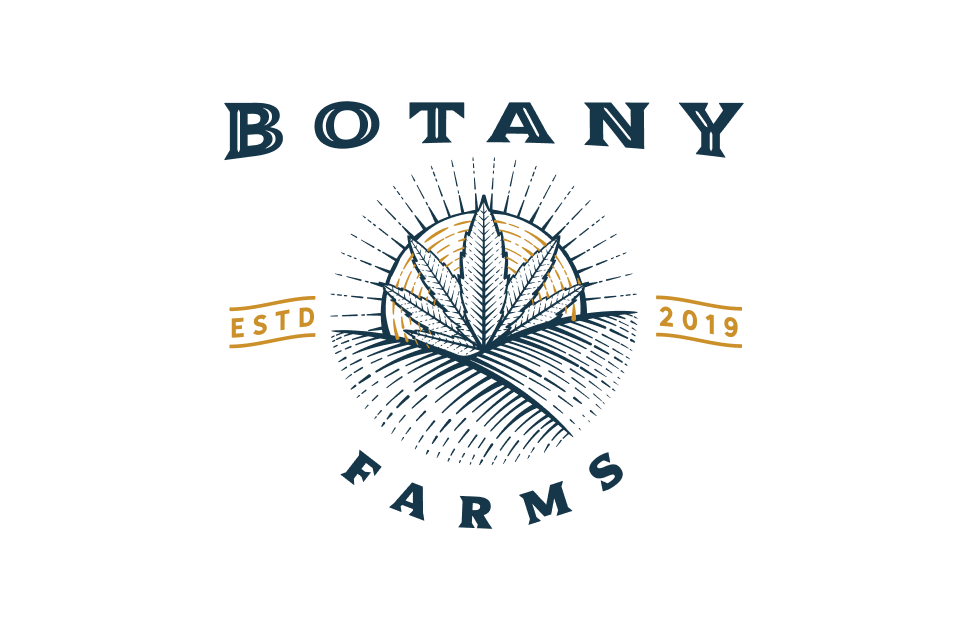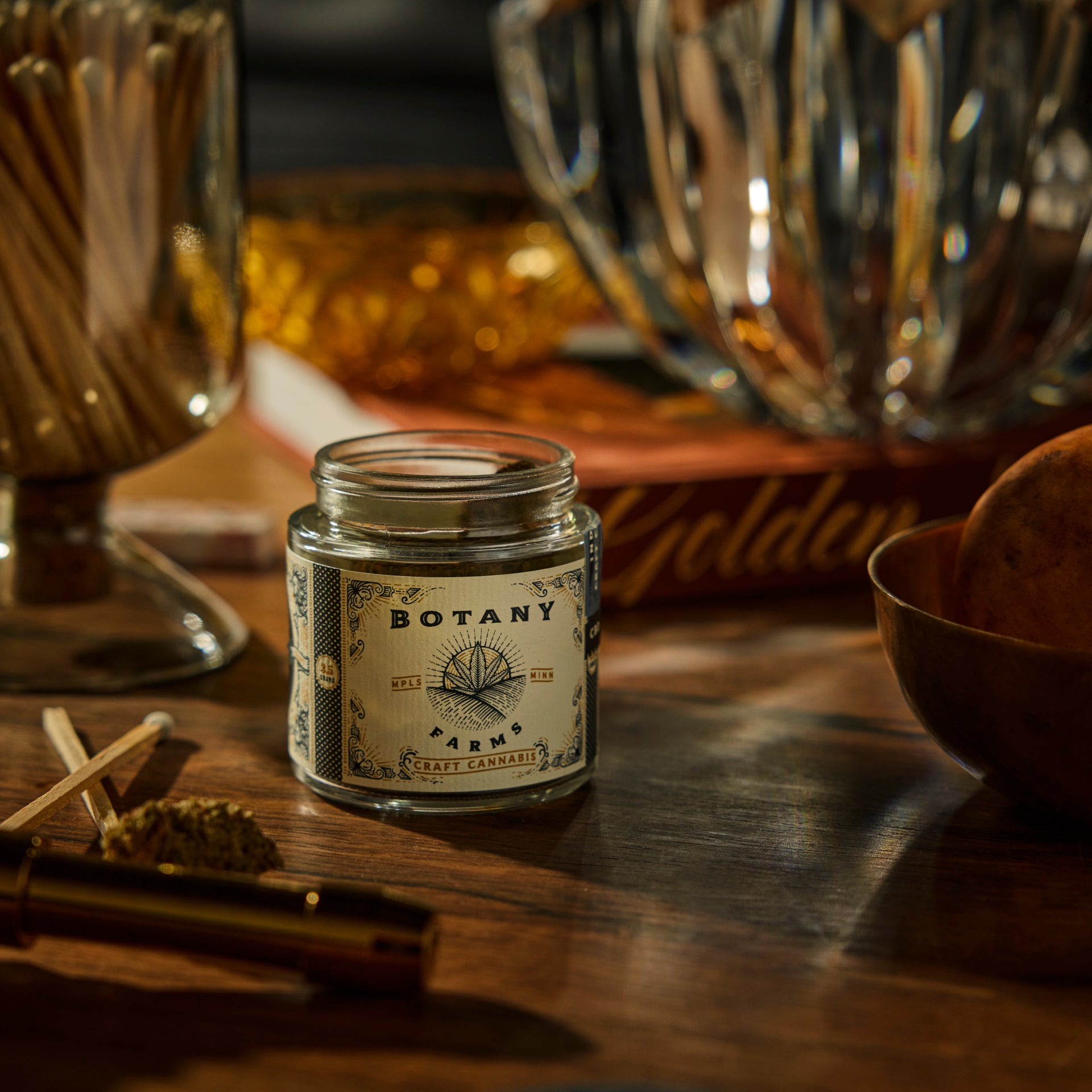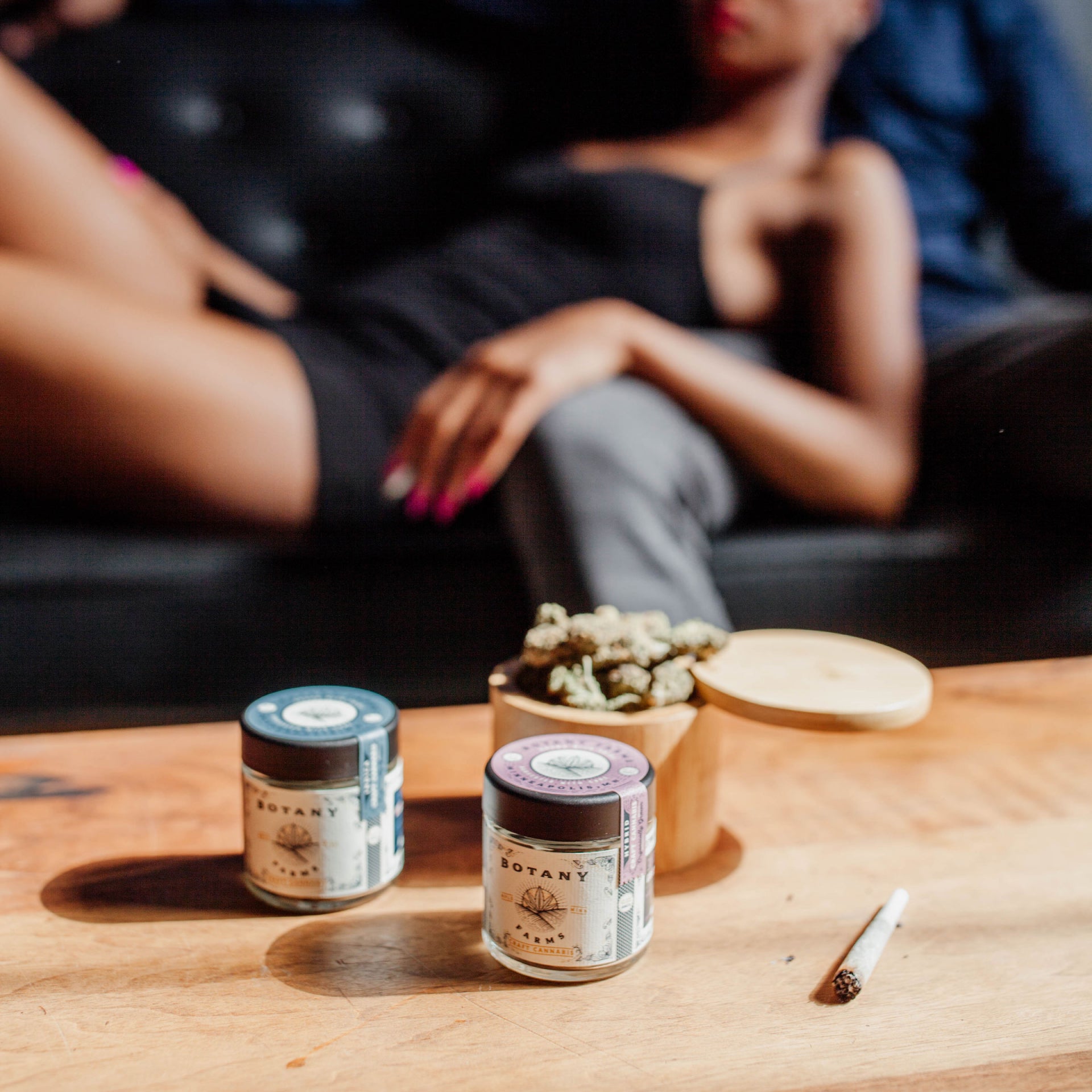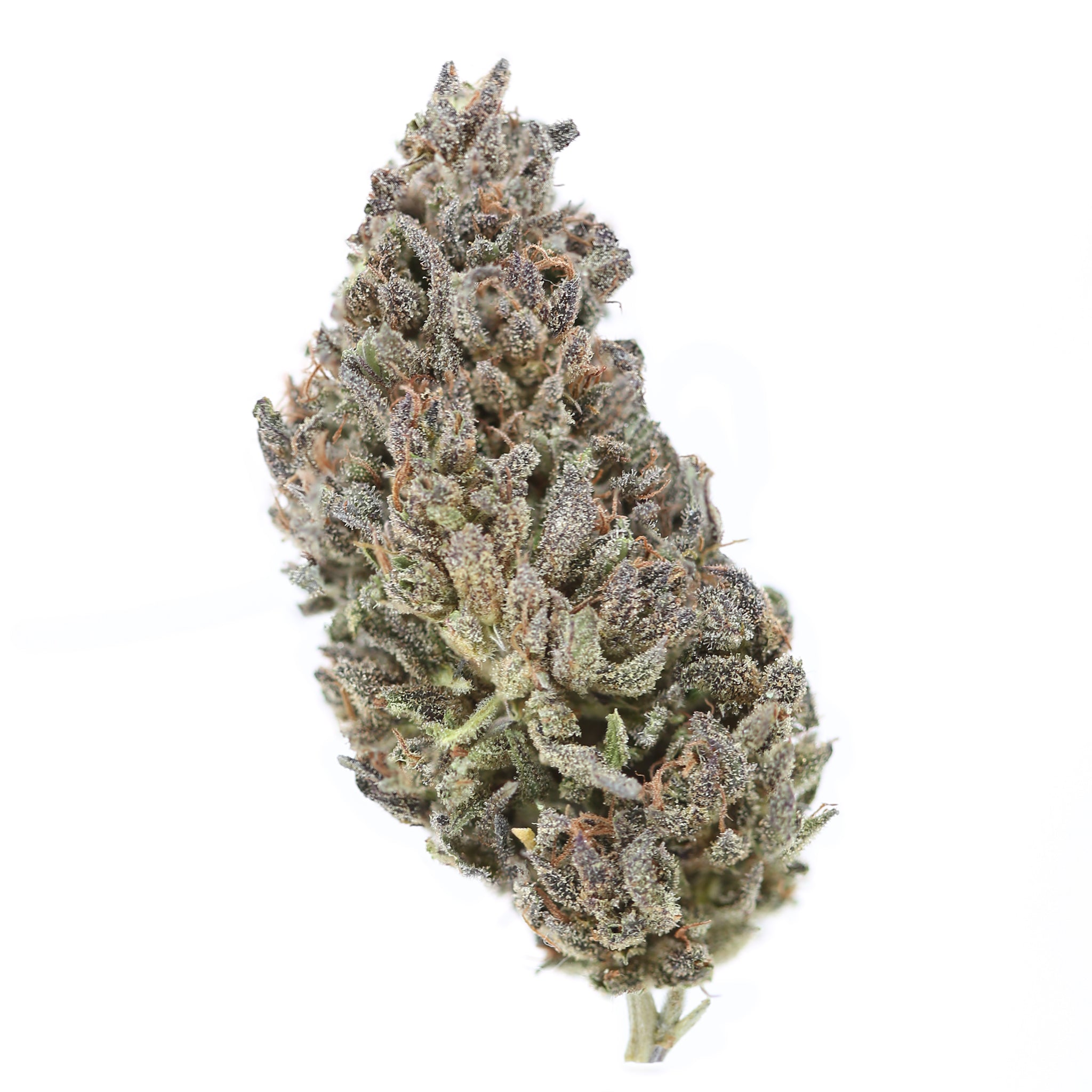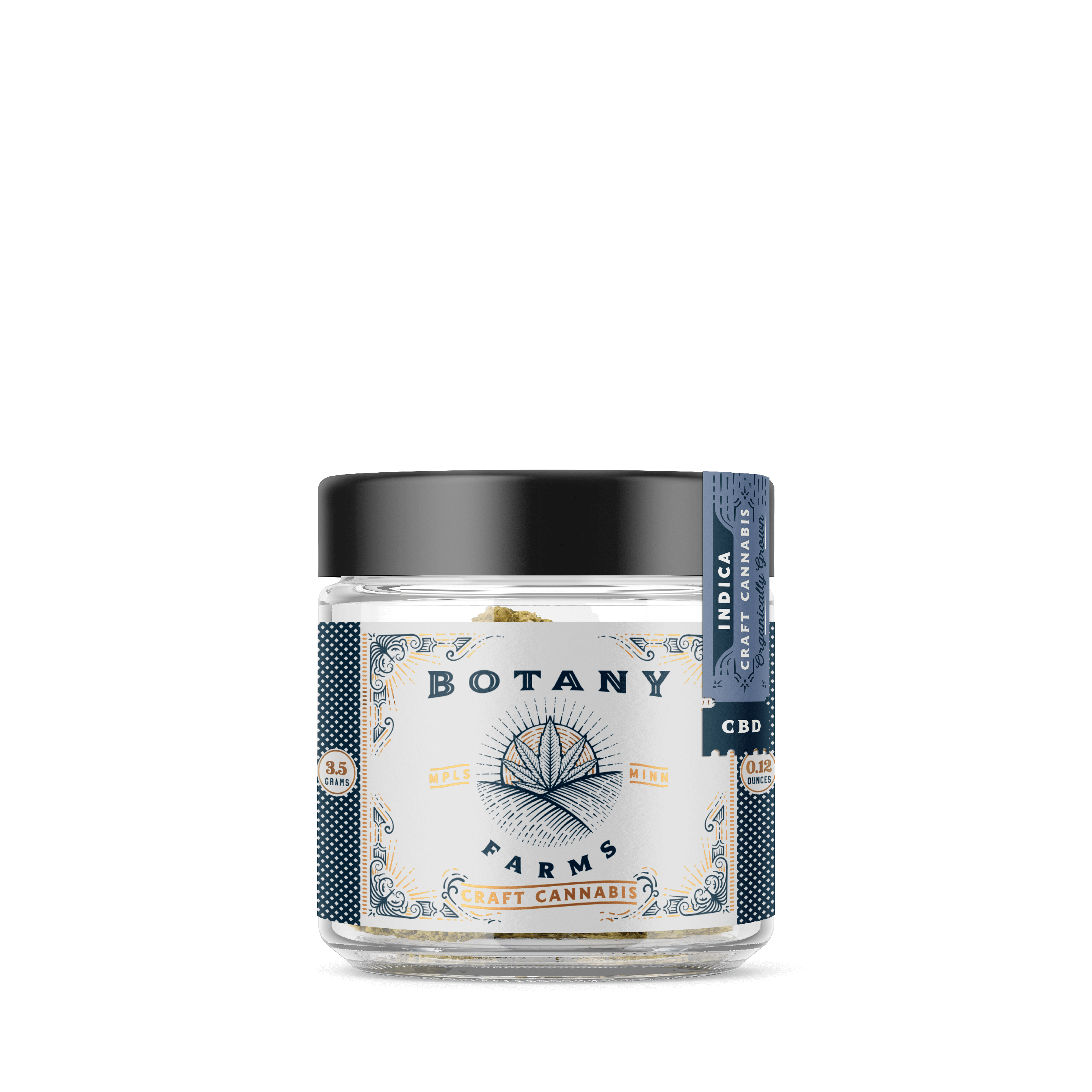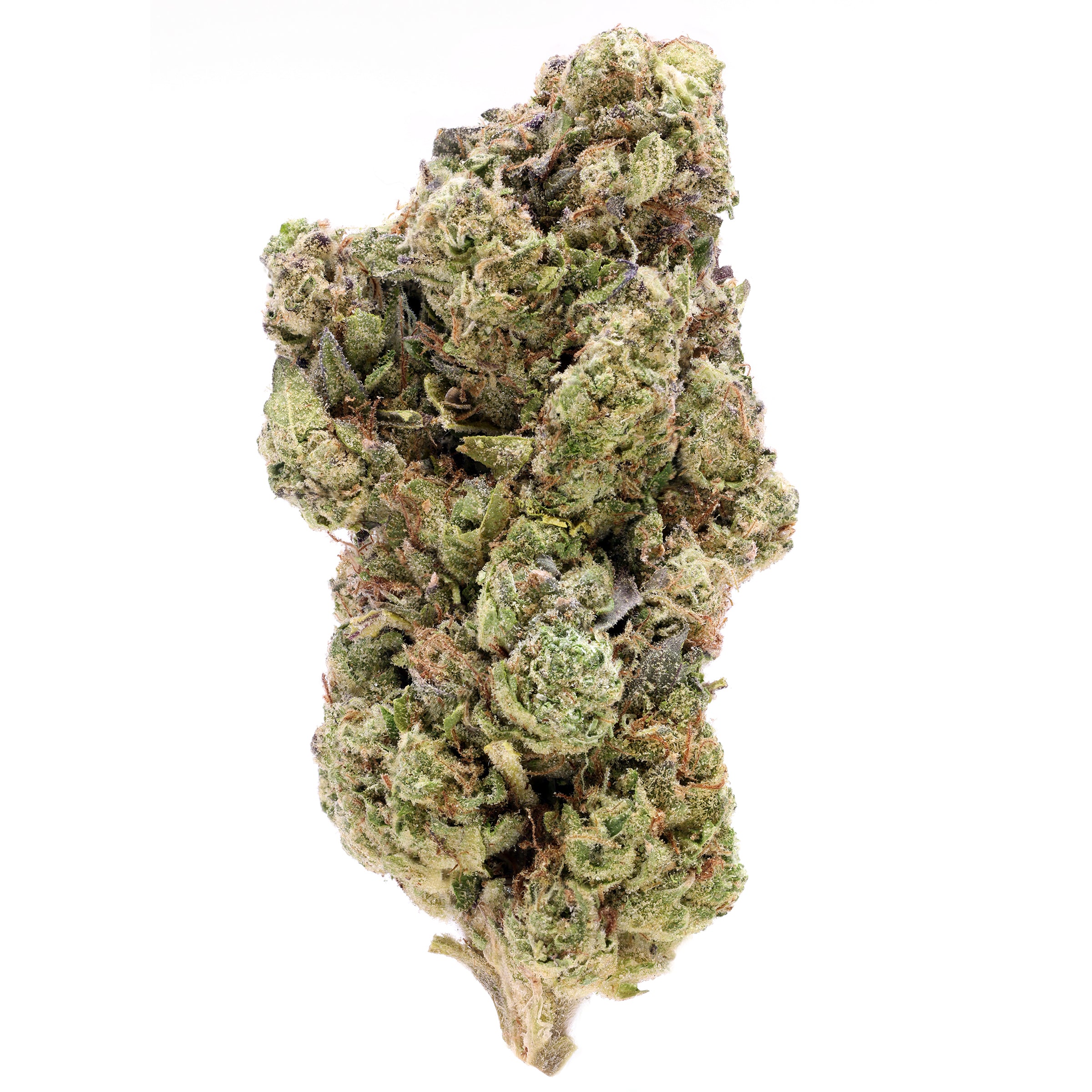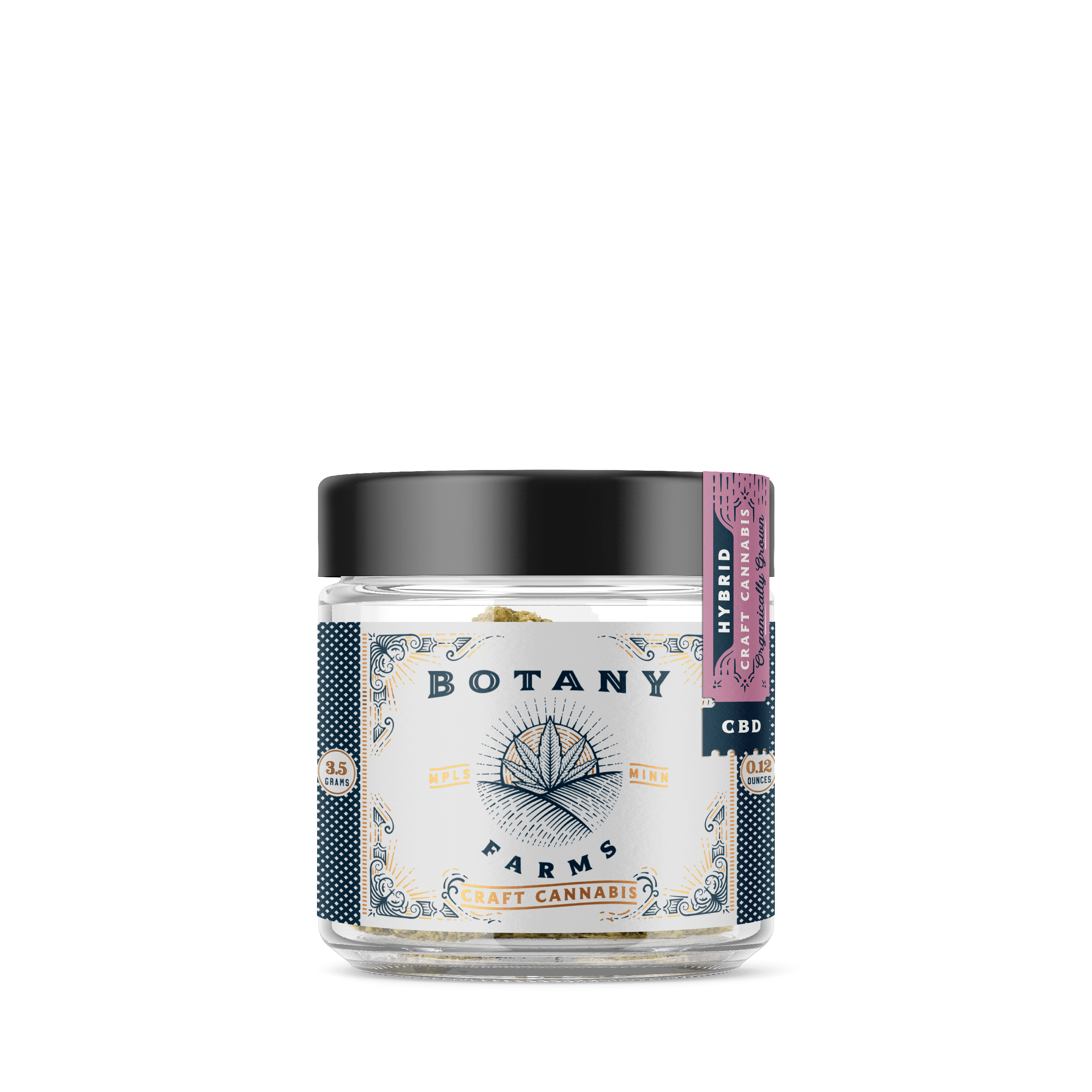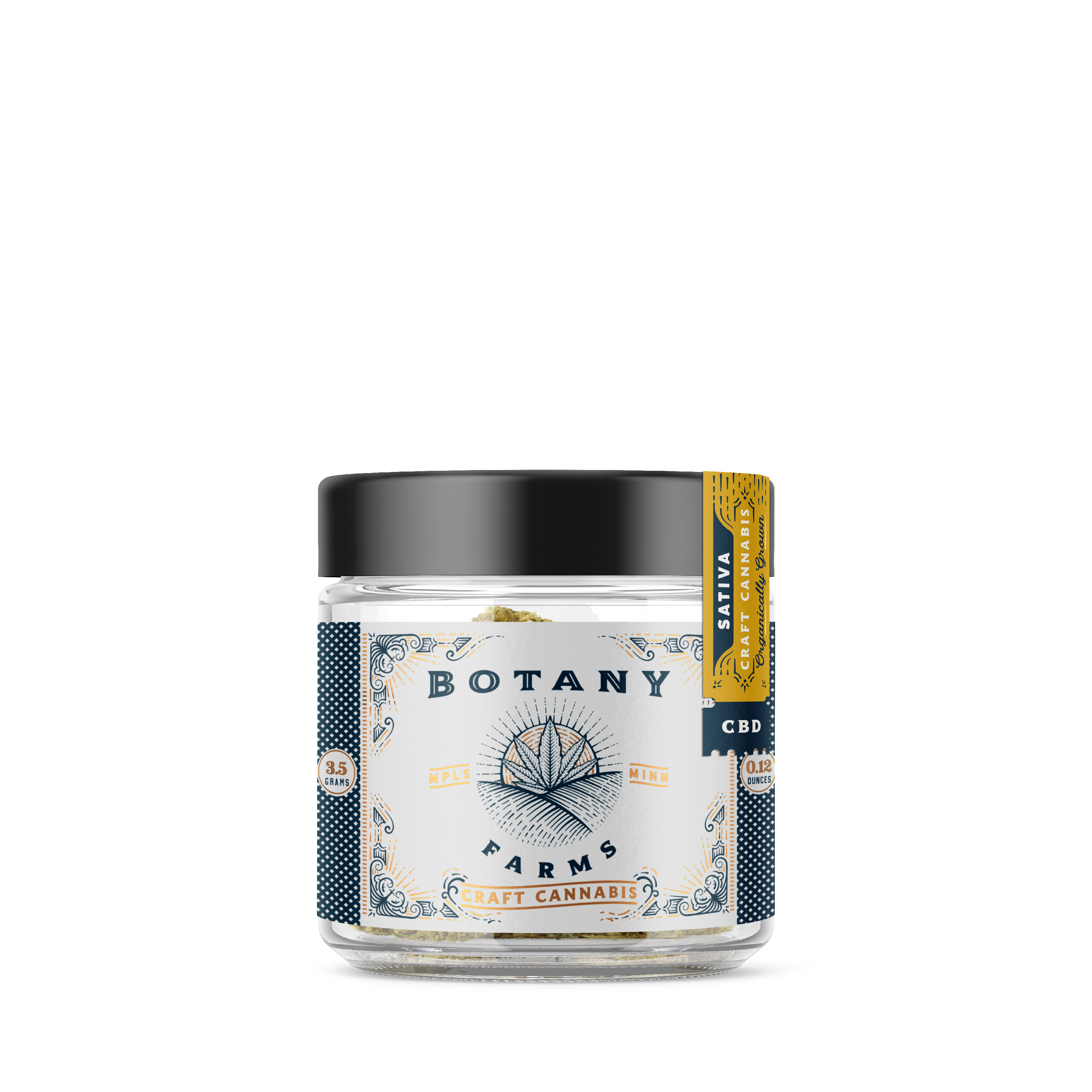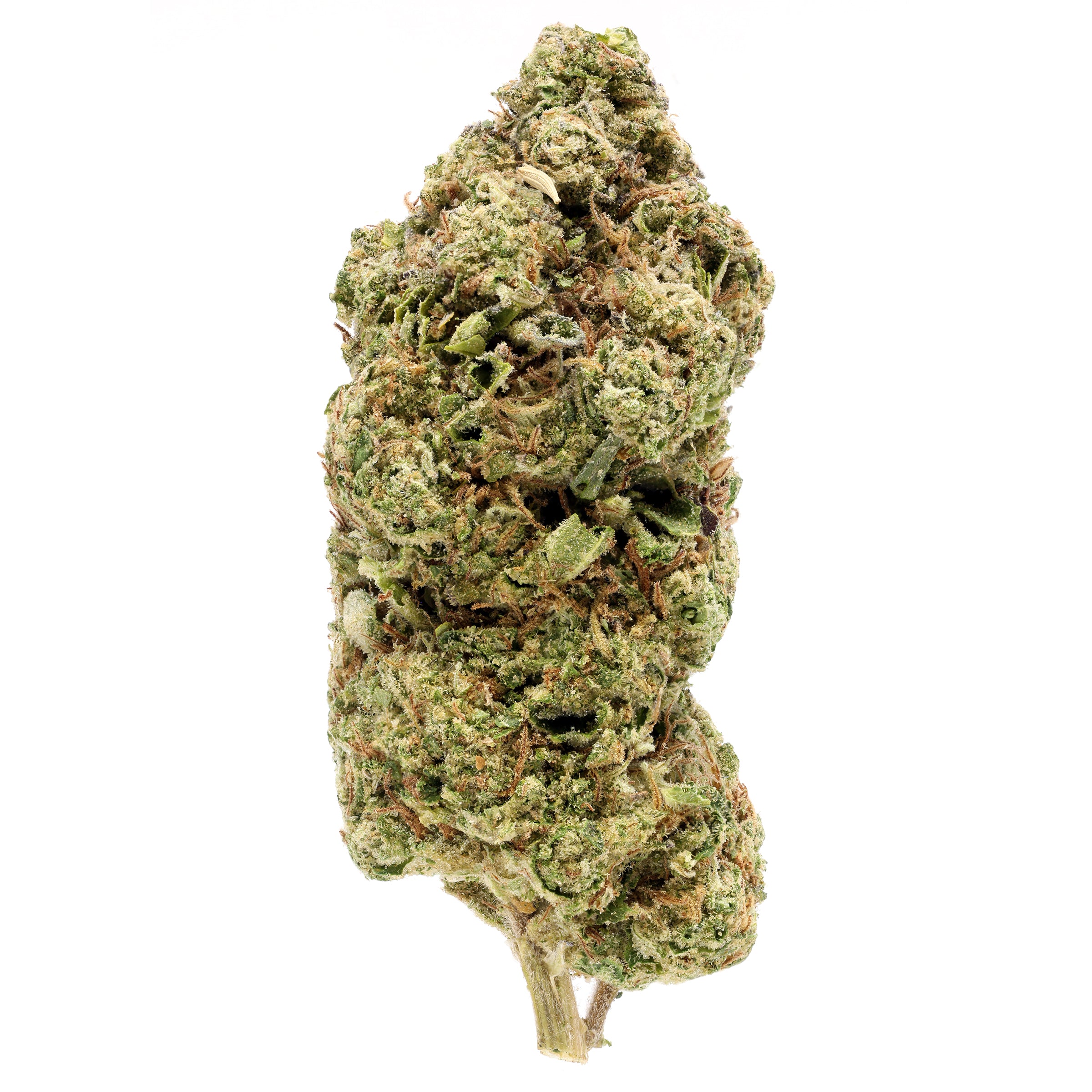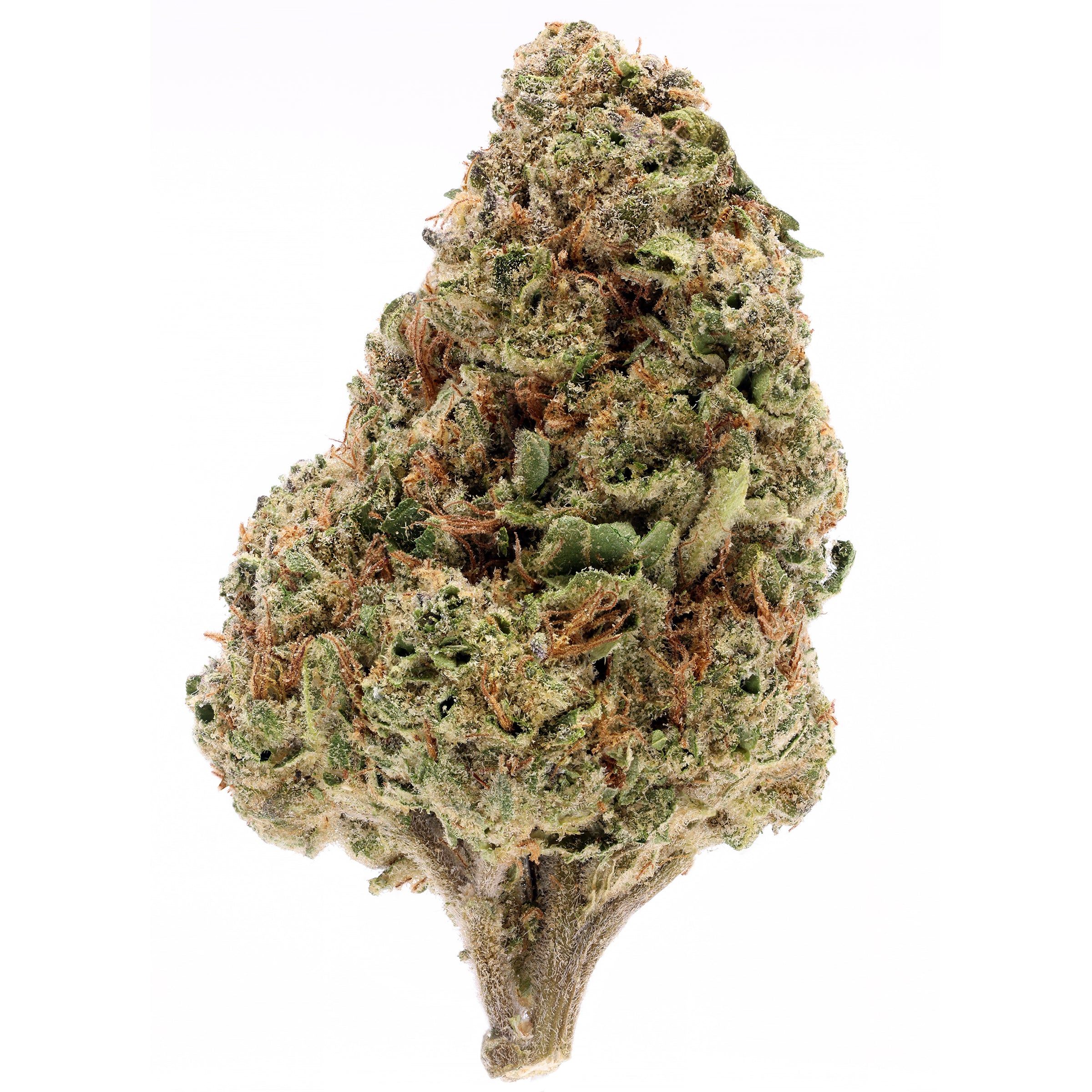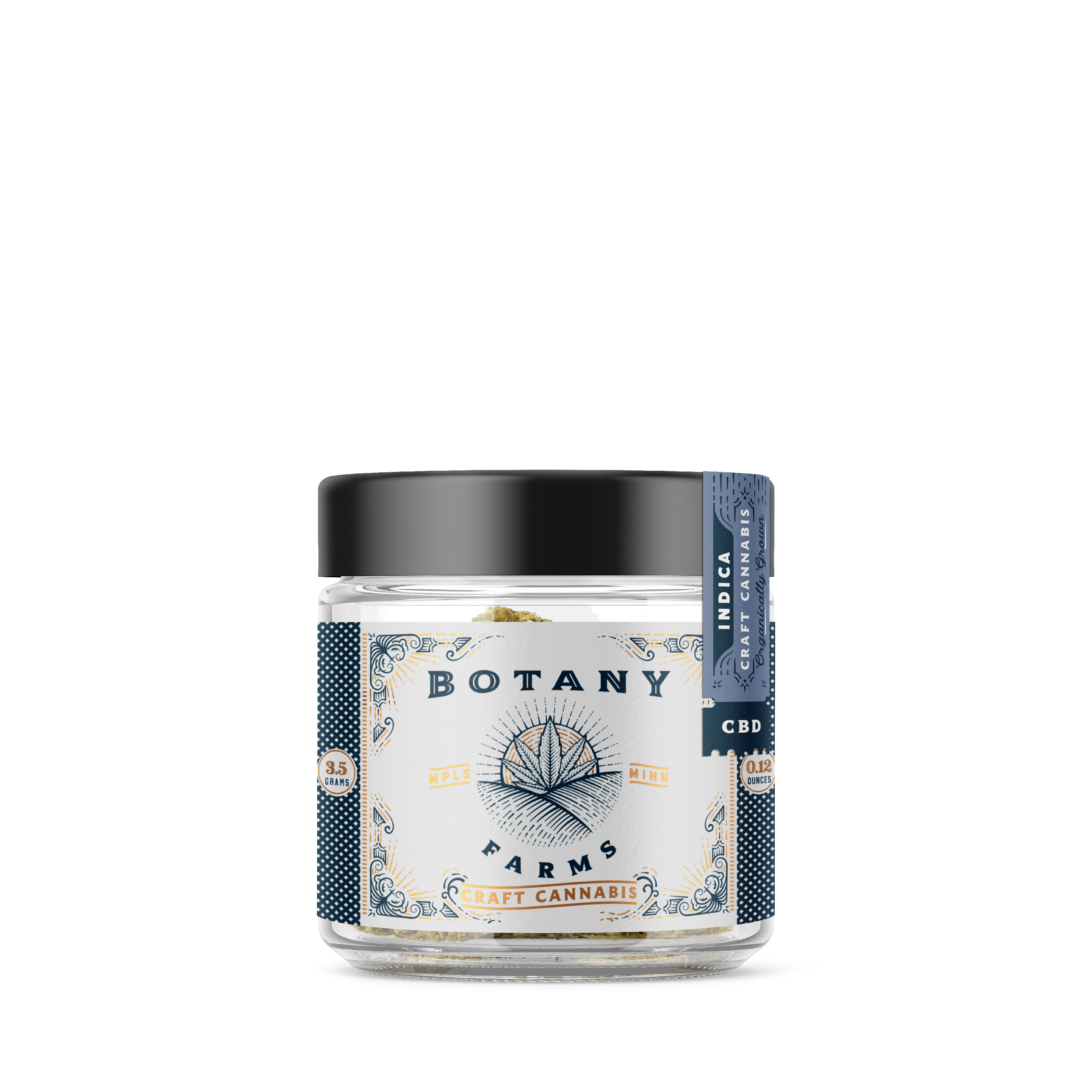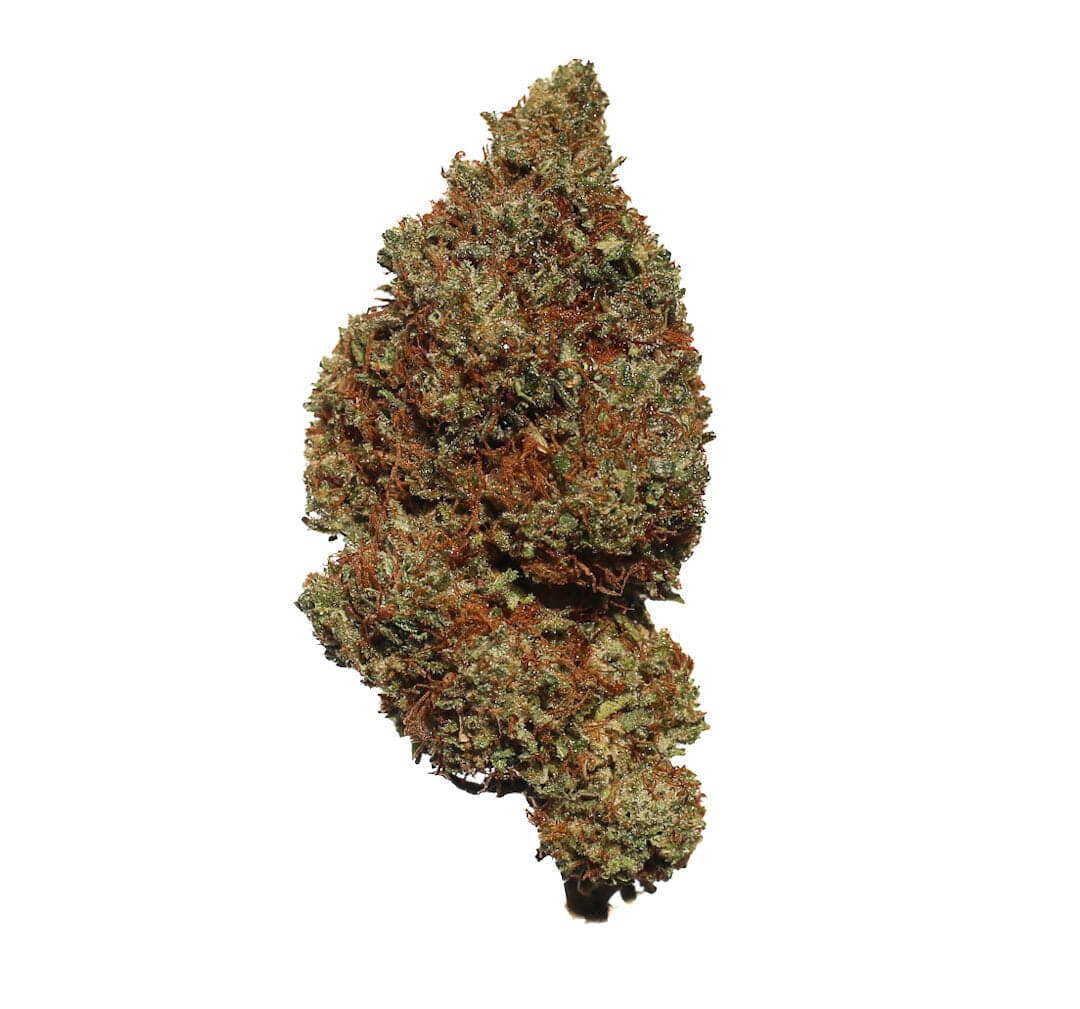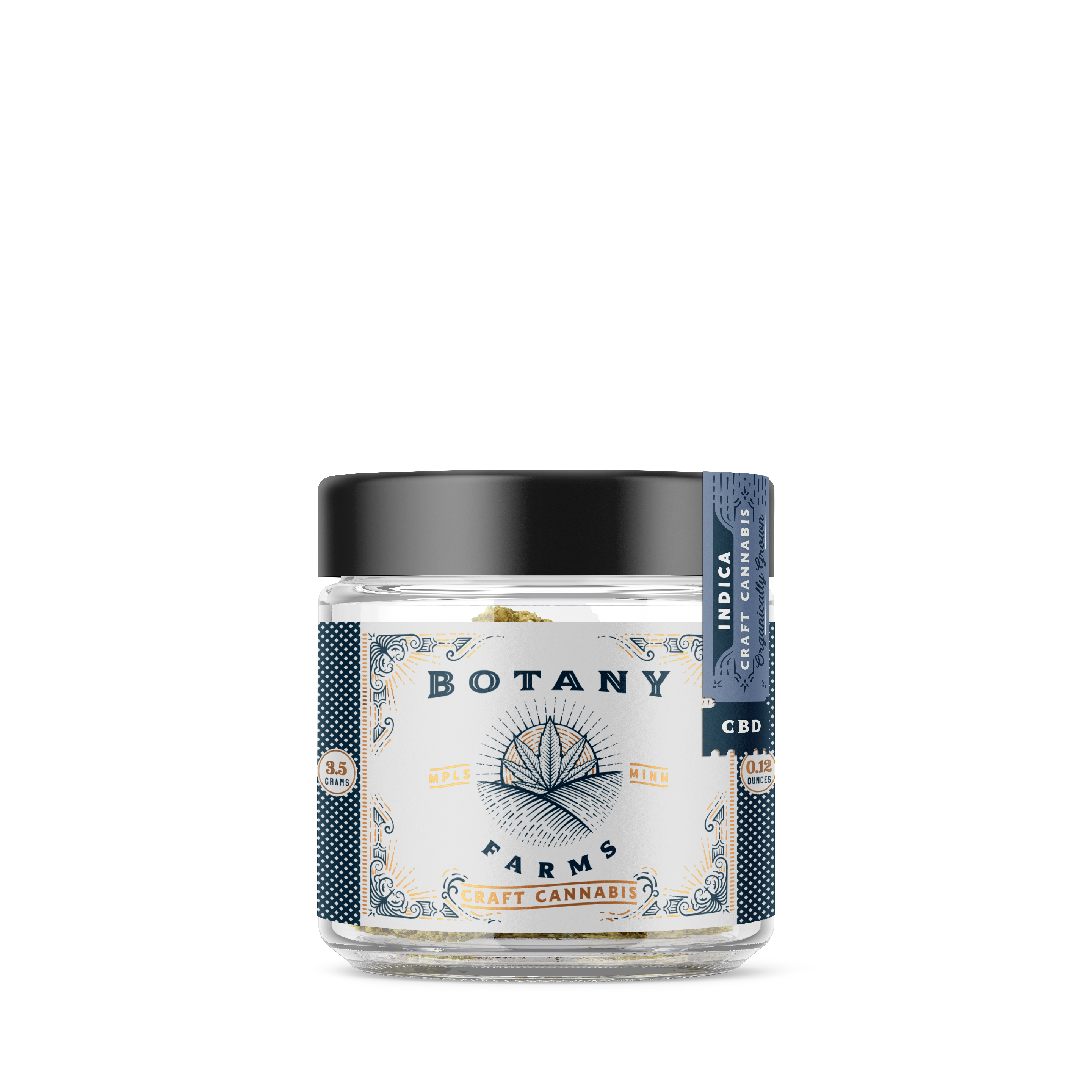- Key Takeaways:
- Unraveling the Mystery: What Are the Orange Hairs on Weed?
- From White to Orange: The Color Transformation Journey
- Interpreting the Orange: Are They Indicative of Quality?
- Beyond Aesthetics: The Significance of Orange Hairs in Cannabis Cultivation
- Final Thoughts
- Orange Hairs on Weed: Frequently Asked Questions
And we're not talking about Annie lying on the grass; cannabis enthusiasts and even newcomers who have had the opportunity to look at a cannabis bud closely have surely noticed the orange hairs some buds have often referred to as pistils. These hairs spark curiosity and, at times, confusion, as many people are not sure if they are a sign of high-quality cannabis or if they mean something less desirable.
In the following guide, we will explore the mysteries of cannabis pistils and common myths. Join us to discover the role of these pistils in the life cycle of cannabis plants, understand why some change color, and determine if their hue indicates quality. Regardless of your level of experience as a user or even a grower, this guide will help you understand the significance of orange hairs in cultivation and the clues they provide during the cannabis growth cycle. So, let's comb this up!
Key Takeaways:
- Cannabis buds consist of several parts, including sugar leaves, trichomes, and pistils. Pistils, our main focus here, are hair-like structures that emerge like the calyx, a protective layer that surrounds cannabis flowers.
- These hair-like structures are the female reproductive organs of the plant, and their primary function is to capture pollen from male cannabis plants.
- When the pistils first emerge, they can be white or light green. But, as the plant matures, these hairs change color, developing vibrant shades of orange or red.
- The color of the pistils, whether orange, red, or any other hue, is not a reliable indicator of the THC or CBD content or potency of cannabis.
- Trichome density and maturity are a much more accurate indicator of cannabis bud potency.
- For growers, pistils serve as valuable indicators, guiding them in the art of harvesting. As cannabis plants mature, the color transformation of the pistils plays a pivotal role in this process.
- The color change in pistils is a natural part of the life cycle of cannabis plants and serves as a guide for growers to determine the optimal harvest time.
Unraveling the Mystery: What Are the Orange Hairs on Weed?
Before starting to unravel the mysteries of pistils, it is crucial to understand the basic anatomy of cannabis buds. Cannabis, scientifically known as cannabis Sativa, is a dioecious plant, meaning it has separate male and female individuals. The female cannabis plant is the one that produces the sought-after buds. While the male plants are essential for the reproduction of the species, it is the female plants that produce the potent flowers with which we are familiar.
Cannabis buds consist of several parts, including sugar leaves, trichomes, and pistils. Pistils, our main focus here, are hair-like structures that emerge like the calyx, a protective layer surrounding cannabis flowers. These structures are also called “hairs” due to their appearance.
Cannabis Anatomy 101: The Role of Pistils
Pistils play a crucial role in the reproduction of cannabis plants. These hair-like structures are the female reproductive organs of the plant, and their primary function is to capture pollen from male cannabis plants. When pollen from the male plants makes contact with the pistils of the female plants, fertilization occurs, leading to the formation of seeds within the bud.
The presence of pistils on cannabis buds is, therefore, a sign of the genus. Female cannabis plants typically have a more extensive network of pistils, while male plants have fewer and less developed ones. To produce seedless, high-quality cannabis flowers, also known as “sinsemilla,” female plants are usually isolated from male plants to prevent fertilization.
From White to Orange: The Color Transformation Journey
One of the most intriguing aspects of pistils is the color transformation as the cannabis plant reaches maturity. When the pistils first emerge, they can be white or light green. But, as the plant matures, these hairs change color, developing vibrant shades of orange or red. This color transformation is a natural part of the plant's life cycle and is influenced by several factors, including genetics, light exposure, and environmental conditions.
The color change in the pistils serves as a visual cue for growers and enthusiasts. The pistils signal that the cannabis plant is nearing the end of its flowering stage and that it is ready for harvest. While the vibrant hues of the orange and red pistils are visually appealing, they do not directly indicate the quality or potency of the bud.
Interpreting the Orange: Are They Indicative of Quality?
The misconception that the presence of orange hairs on cannabis buds equates to high quality or potency is a prevalent one. Nevertheless, it is vital to dispel this myth. The color of the pistils, whether orange, red, or any other hue, is not a reliable indicator of the THC or CBD content or potency of cannabis. The pistils provide information about the maturity of the plants. Still, they do not provide insight into the chemical composition of the trichomes, where the cannabinoids and terpenes responsible for the effects and aroma of cannabis reside. In other words, you can have buds with vibrant orange pistils but low in THC, or you can have buds with pistils that are predominantly white but exceptionally potent. Such is the case of strains like Haze Berry, also known as Blue Dream. This potent strain does not develop orange or red pistils but rather a golden-brown color, which does not compromise nor are they indicators of the final potency of its buds.
Myth-Busting: Orange Hairs and Potency Levels
To further debunk the myth that the color of the pistils determines potency, it is essential to highlight that THC, the primary psychoactive compound in cannabis, is produced in the trichomes, not the pistils. Trichomes are tiny, resinous structures found on the surface of cannabis flowers, leaves, and sometimes stems. These appear as mushroom-shaped, translucent heads and are responsible for producing and housing cannabinoids such as THC and CBD.
Trichome density and maturity are a much more accurate indicator of cannabis bud potency. Mature trichomes, visible under a microscope or with the naked eye as small, milky, or amber-colored glands, indicate that cannabinoids have reached their peak levels of development. While the pistils play an essential role in the visual appeal of the bud, it is the trichomes that hold the key to the bud's potency and overall quality.
True Indicators of High-Quality Cannabis
At this point, you're probably wondering: if pistil color is not a reliable gauge of cannabis quality, what should users look at when evaluating bud quality? Below, we leave you some of the most important aspects to consider:
- Trichome density: A high density of mature trichomes is a strong indicator of a potent and high-quality cannabis bud.
- Aroma: The bud's aroma can reveal a lot about its terpene profile, which contributes to its flavors and effects. A strong, pleasant scent is a good sign. In contrast, the lack of odor in the buds or the presence of an unpleasant, grassy smell can be an indication of poor quality.
- Color consistency: A uniform coloration of the bud, without excessive discoloration or browning, is a sign of a well-cured and properly-grown flower.
- Bud structure: Well-structured buds that are dense and well-formed generally indicate a properly grown flower.
By focusing on these factors, users can make more informed decisions when choosing cannabis based on their needs or preferences.
Assessing Cannabis Quality: Pistils, Trichomes, and Other Factors
| Aspect | Role in Cannabis | Indicator of Quality |
|---|---|---|
| Pistils (Orange Hairs) | Female reproductive organs, capture pollen | Not a reliable indicator of THC/CBD content or potency |
| Trichome Density and Maturity | Produce and house cannabinoids like THC and CBD | Accurate indicator of potency; mature trichomes suggest higher cannabinoid levels |
| Aroma | Reflects terpene profile | Strong, pleasant scent indicates a rich terpene profile and potentially higher quality |
| Color Consistency | Overall appearance of the bud | Uniform coloration without excessive discoloration suggests well-cured and properly grown flower |
| Bud Structure | Physical form of the bud | Dense, well-formed buds generally indicate a properly grown flower |
| Presence of Seeds | Result of fertilization | Seedless (sinsemilla) buds are often preferred for higher quality and potency |
Beyond Aesthetics: The Significance of Orange Hairs in Cannabis Cultivation
While the color of the pistils may not be an indicator of quality for users, it does play a vital role in cannabis cultivation. For growers, pistils provide valuable information about the state of the plant and offer guidance in making decisions related to harvest time.
Harvesting Cues: How Pistils Guide Growers
For growers, pistils serve as valuable indicators, guiding them in the art of harvesting. As cannabis plants mature, the color transformation of the pistils plays a pivotal role in this process. When the pistils transition from their initial white or light green hues to vibrant orange or red shades, it is a clear sign that the plant is reaching the peak of its flowering stage.
Timing is critical in cannabis cultivation, especially for those looking to enjoy the full benefits of smoking high-quality hemp flower or cannabis buds. Harvesting too early could lead to less potent and aromatic buds while waiting too long could cause a reduction in overall quality due to the degradation of cannabinoids and terpenes. By closely monitoring pistil color change, growers can make more informed decisions about when to harvest, ensuring their cannabis flowers have the desired potency, aroma, and overall quality.
Healthy Grow, Healthy Glow: What Vibrant Hairs Say About Plant Health
The appearance of pistils can also provide insights into the overall health of cannabis plants during their growth cycle. When plants are thriving and receiving nutrients, light, and proper care, the pistils are more likely to display vibrant colors.
In contrast, stressed or unhealthy plants could exhibit problems with their pistils. Environmental stressors, nutrient deficiencies, and pests can impact pistil development and overall plant health. Growers often monitor pistils, along with other visual cues, to identify and address any potential issues promptly.
If you want to see a perfect example of cannabis buds harvested at the ideal time and full of orange hairs, take a look at our premium-quality batches of the robust Gorilla Skunk THCA Indica strains. If you prefer the uplifting effects of a good Sativa strain, you can try our delicious Purple Tangie THCA or the energizing Skunk Fuel THCA.
Final Thoughts
The presence of orange hairs, also known as pistils, on cannabis buds is not a direct indicator of quality or potency. The color change in pistils is a natural part of the life cycle of cannabis plants and serves as a guide for growers to determine the optimal harvest time. When evaluating cannabis quality, it is essential to look beyond the pistils' color and consider factors such as trichome density, aroma, color consistency, and bud structure.
Cannabis is a complex plant with a rich diversity of strains, each offering unique characteristics and effects. Whether you prefer the relaxing qualities of Indica strains or the invigorating effects of Sativa strains, there is a cannabis strain to suit your preferences. Regardless of your preferences, understanding the role of pistils and their significance in the cultivation and evaluation of cannabis will enhance your appreciation of this fascinating plant.
Orange Hairs on Weed: Frequently Asked Questions
Why Does Weed Have Orange Hairs?
Weed develops orange hairs, known as pistils, as part of its natural reproductive process. These hairs play a crucial role in capturing pollen for fertilization, leading to seed formation.
Can You Smoke the Orange Hairs on Cannabis?
Theoretically, yes, you can smoke the orange hairs in cannabis. However, they do not contain the cannabinoids responsible for the effects of the plants. The active compounds in cannabis are primarily in the trichomes, not the pistils.
Do Orange Hairs Mean the Weed is More Potent?
Orange hairs are not an indicator of power; Pistil color does not correlate with THC content. To gauge potency, focus on factors such as trichome density, aroma, and overall bud quality.
What Should I Look for in Quality Cannabis if not Orange Hairs?
In quality cannabis, look for characteristics such as a high density of trichomes, a strong and pleasant aroma, uniform color consistency, well-structured buds, and a lack of unpleasant odors, as these are better quality indicators.
How do Orange Hairs Affect the Flavor or Experience of Smoking?
The orange hairs themselves do not significantly affect the flavor or the smoking experience. The taste and overall experience are primarily determined by the terpene profile, which resides in the trichomes, not the pistils.
